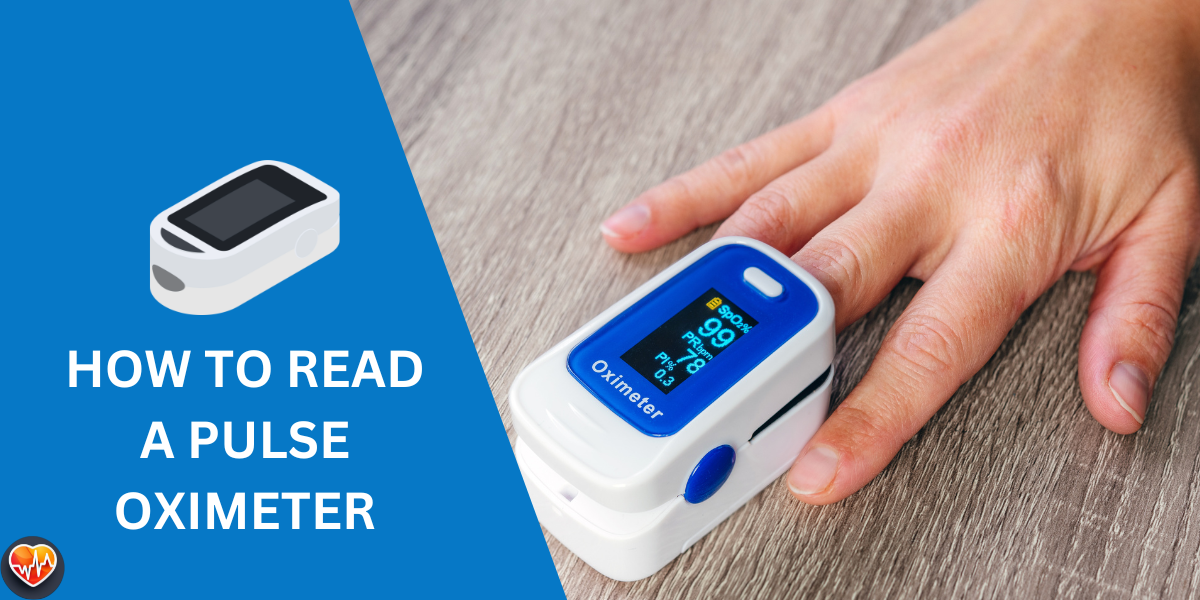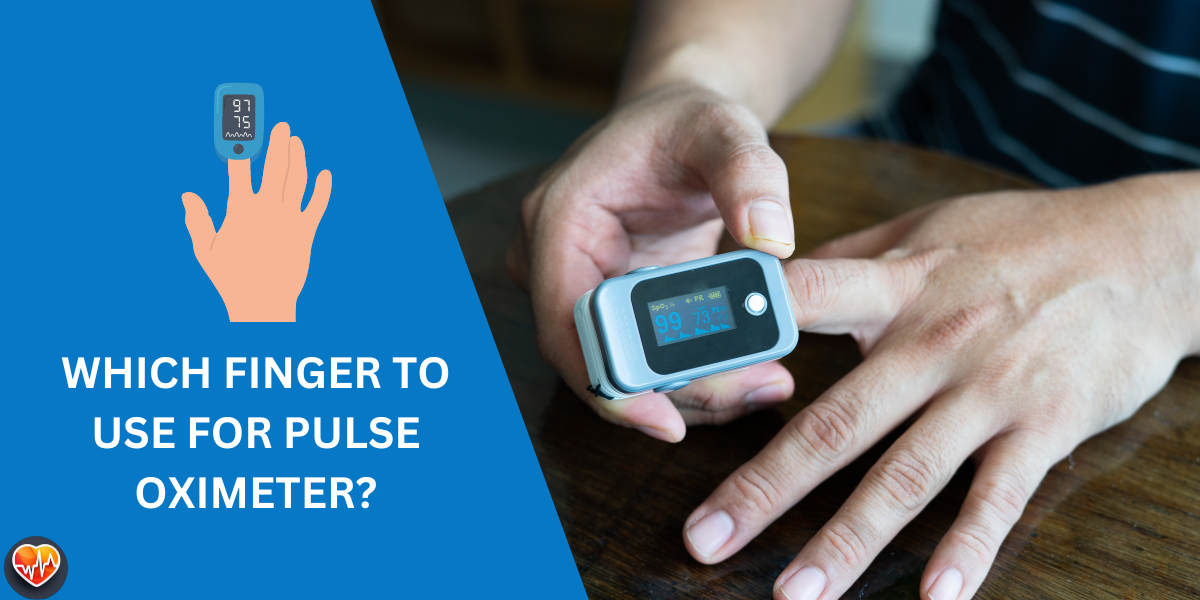
Your heart is your body’s powerhouse, tirelessly pumping blood and oxygen to every organ.
Taking care of this vital muscle is essential for minimizing your risk of heart disease, stroke, and other serious health problems.
While a healthy diet is crucial, regular exercise is equally important in cardiovascular health.
What are the Best Exercises to Strengthen Your Heart?
Let’s explore the 5 best exercises to strengthen your heart.
1. Aerobic Exercise: The Undisputed Champion

Aerobic exercise, often called cardio, increases your heart rate and keeps it elevated sustainably. Here’s why cardio reigns supreme for heart health:
- Manages risk factors: Aerobic exercise helps lower high blood pressure, reduces ‘bad’ (LDL) cholesterol, and improves blood sugar control – all of which can contribute to developing heart disease.
- Weight control: Regular cardio exercise helps you burn calories and maintain a healthy weight, reducing strain on your heart.
- Directly strengthens the heart: Think of your heart as a muscle and aerobic exercise as its favorite workout. Consistent cardio training makes your heart more efficient at pumping blood.
- Find your favorites: The best cardio exercise is the one you enjoy enough to keep doing! Try brisk walking, swimming, cycling, dancing, or jumping rope.
2. Strength Training: The Heart’s Secret Weapon

Strength training, also called resistance training, involves working your muscles against resistance. This can be ready with weights, bodyweight exercises, or opposition to bands.
- Beyond muscle building: While strength training is known for building muscle, it also directly benefits your heart by improving circulation, helping regulate blood sugar, and even reducing the risk of heart attack.
- An ally for weight loss: Strength training builds massive muscle, which in turn increases your metabolism and helps you flash more calories even at rest.
- Get started safely: If you’re new to strength training, consult a trainer for guidance on proper form and to design a safe, effective exercise program.
3. Bodyweight Exercises: Strength Training Made Simple

Think push-ups, squats, planks, and lunges – these bodyweight exercises are a tremendous way to build strength and cardiovascular fitness without needing equipment or a gym membership.
- Convenience is essential: There are no excuses! Bodyweight exercises can be done anywhere, anytime, making them a super option for busy schedules or traveling.
- Full-body benefits: Many bodyweight exercises work for multiple muscle groups simultaneously, improving overall strength, balance, and coordination.
4. Flexibility and Balance: The Underappreciated Duo

While not as directly linked to heart health as cardio or strength training, flexibility and balance exercises offer essential benefits:
- Improved circulation: Stretching and exercises like yoga or tai chi help increase blood flow, supporting heart health and reducing stiffness.
- Fall prevention: Better balance lowers your risk of falls. Fall-related injuries can lead to serious health problems, particularly as you age.
- Stress reduction: Gentle exercises like tai chi or yoga combine movement with focused breathing, promoting relaxation and stress management, factors that impact heart health.
5. Important Considerations: Safety and Personalization

- When to consult your doctor: This is vital if you’re new to exercise, have heart disease danger factors like high cholesterol, high blood pressure, or diabetes, or experience chest pain or shortness of breath during activity.
- Lifestyle matters: Exercise is powerful, but it works best when combined with a heart-healthy diet, stress reduction, and getting enough quality sleep.
- Progress over perfection: If you’re new to exercise, start with shorter sessions and gradually grow duration and intensity as your fitness improves.
- Find what moves you: Exercise should be sustainable. Explore different activities until you find ones you enjoy, whether hiking, group fitness classes, or dancing in your living room!
Conclusion
By making a mix of aerobic exercise, strength training, and flexibility exercises a part of your weekly routine, you’re investing in a stronger heart and better overall health. Start where you are, set realistic fitness goals, and celebrate your progress. Your heart will thank you for years to come!
Frequently Asked Questions
What are some heart-healthy exercises I can include in my exercise routine?
Incorporating exercises that elevate your heart rate to a moderate intensity, such as brisk walking, cycling, swimming, and climbing stairs, into your regular exercise routine can offer heart-healthy benefits.
These activities improve cardiorespiratory fitness and strengthen the heart muscle. Combine these with strength training exercises using your body weight or weight machines for a comprehensive approach.
How much exercise is recommended for a healthy heart?
The American Heart Association suggests at least fifty minutes of moderate-intensity physical tasks or 75 minutes of high-intensity physical tasks per week. This can be broken down into sessions spread across several days a week. Including both cardiovascular and strength exercises in your routine maximizes heart health benefits.
Can exercise help if I have a family history of heart disease?
Yes, regular physical activity can help lower the risk of cardiovascular disease, even for those with a family history. Exercise helps manage weight, lower blood pressure, reduce high blood sugar, and improve overall cardiovascular health. However, if you’re at increased risk, seeking advice from a health professional before starting an exercise program is crucial.
What role does diet play alongside exercise in maintaining a healthy heart?
Eating healthy is a pivotal part of maintaining heart health alongside regular exercise. A balanced diet low in dripping fats, high in fruits and vegetables, and moderate in calories helps manage weight, lower cholesterol, and reduce blood pressure. It synergizes with physical activity to prevent heart failure and improve cardiorespiratory fitness.
How do I start an exercise program if I’m new to physical activity?
Begin with low—to moderate-intensity exercises, such as brisk walking or using body weight for strength training, and gradually increase the intensity and timing as your fitness improves. Always consult a health professional before starting any new exercise program, mainly if you have health concerns or feel dizzy during physical activity. This ensures your exercise routine is safe and tailored to your needs.













